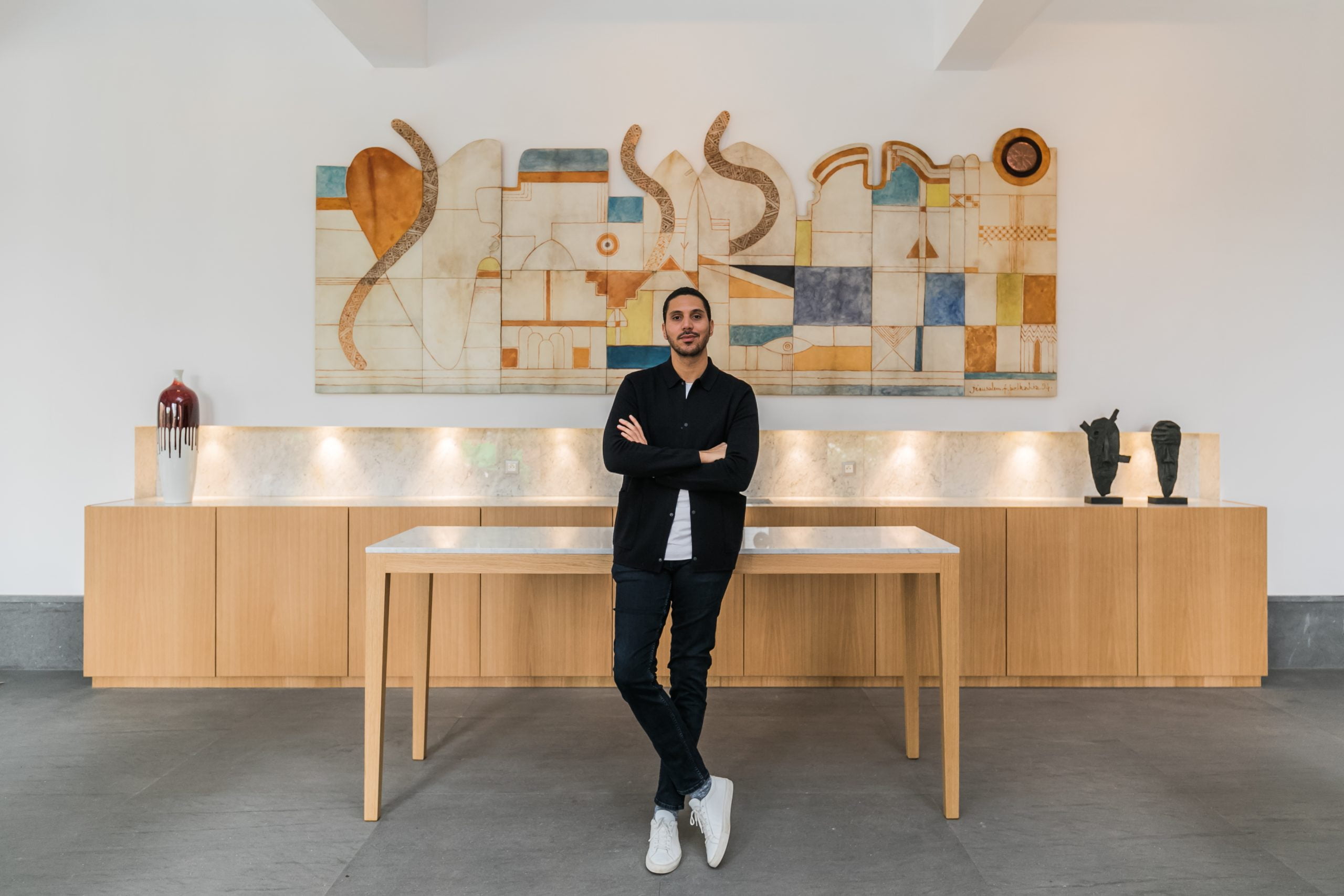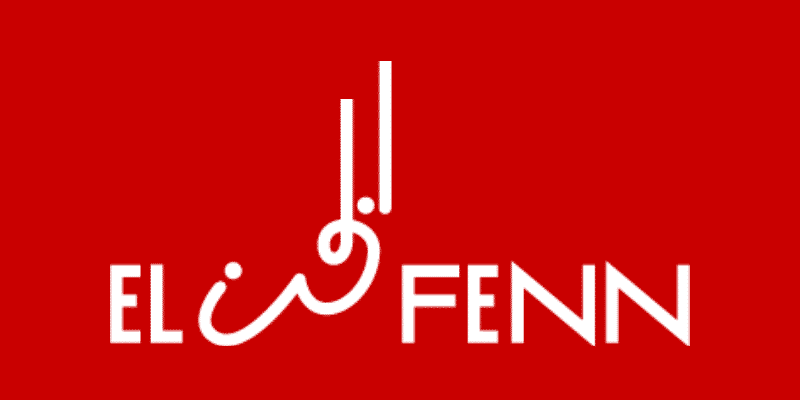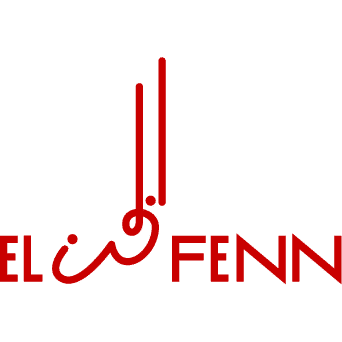
The Future Of African Art – Interview with Othman Lazraq – MACAAL
Africa is now home to one of the world’s most exciting contemporary art scenes with events like the 1-54 art fair as well as new museums and galleries showcasing it. Othman Lazraq is director of the not-for-profit Museum of African Contemporary Art Al Maaden (MACAAL), founded in 2016. He spoke to us about what’s driving the change, the future of African art and an artist he admires
“The landscape of contemporary art, particularly in Africa, has experienced a profound transformation since the mid 2000s and Morocco is now an important player in the world of African art. In Marrakech alone for instance, we have some 20 museums and art foundations, as well as over 30 galleries.

“What sets African art apart is its symbiotic relationship with the continent’s rich cultural tapestry and historical heritage. There’s also often an ingenious repurposing of materials, a direct result of Africa’s complex history. And what captivates me about our emerging artists in particular is their adept utilisation and elevation of ancestral craft techniques.
“My parents were art collectors and we founded MACAAL in 2016 with the aim of sharing our private works. We firmly believe that art should be accessible to as many people as possible and while it’s still a challenge for us to foster an understanding of contemporary art among the wider Moroccan public, our cultural programming is designed to reach as many people as possible. To do this, we’ve intentionally broken with traditional museum codes for instance to create a really dynamic space. “We’re constantly seeking to move beyond the traditional museum visitor demographic because our mission is to make art an accessible and inclusive experience that transcends boundaries.”
“Over the past ten years, the formal structure of art – things like galleries, artists residencies, exhibition centres and access to grants – has also significantly expanded here in Morocco. And a big driver of all that has been His Majesty King Mohammed VI who is a fervent patron and collector of modern and contemporary art. His expertise and passion have been invaluable.”
“Put all of this together and we’re now seeing more and more young people gravitating towards artistic careers which means more and more emerging talent is bubbling to the surface. It’s an exciting time.”

“Yasmine Hadni is one of this new generation. She was born in Rabat before studying in France and the US and her art immediately struck a chord with me when I first discovered it a couple of years ago. As well as the quality of her paintings and her distinctive style, she also delves into the richness and complexity of a society that balances tradition and modernity.”
“Moroccans maintain a special attachment to family, as well as the customs and traditions that shape our daily lives, for instance, making this a deeply rooted country where family plays a pivotal role. Yasmine’s paintings are vibrant and colorful but also portray these complex emotional ties, as well as the fragility of social disparities – particularly socio-economic inequalities.”

Yasmine Hadni, My family is complicated too, 2021, Oil and soft pastels on cotton canvas, Diptych, 150 x 300 cm
“For instance, in her painting ‘Four girls wearing boots’, Yasmine places the title figures on one side of the canvas wearing rain boots, with a lone girl in sandals on the other. This immediately creates a distinct division between the handyman’s daughter, who was considered almost like a cousin, and the employer’s granddaughters, who are actual cousins. This portrayal brings to mind the character of “Dada,” a significant figure from our shared childhood recollections, who, despite being regarded as a second mother, is perceived as a household helper.”
“I believe art has the power to shed light on these nuances and challenge our perceptions of the world around us. It prompts us to reflect on the coexistence of progress and inequality. And I see all this playing out in Yasmine’s work.”


